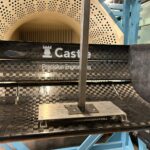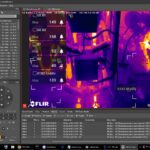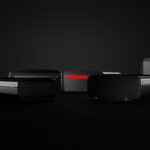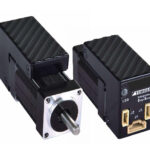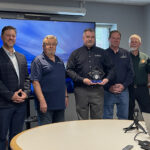Recently launched in the UK, Motors and Drives specialists MOONS’ Industries are delighted to offer their extensive range of motion control products, which includes three types of linear motion products. These are Linear Stepper Motors, Linear Slides and Linear Actuators, all of which have been developed with features and specifications to ensure a stable and reliable performance, especially in high-accuracy engineering applications. When combined with a MOONS’ closed loop controller, these linear actuators can be controlled via Fieldbus, timing and direction, or analogue / digital inputs, and when used in conjunction with an encoder, the driving force can also be controlled.
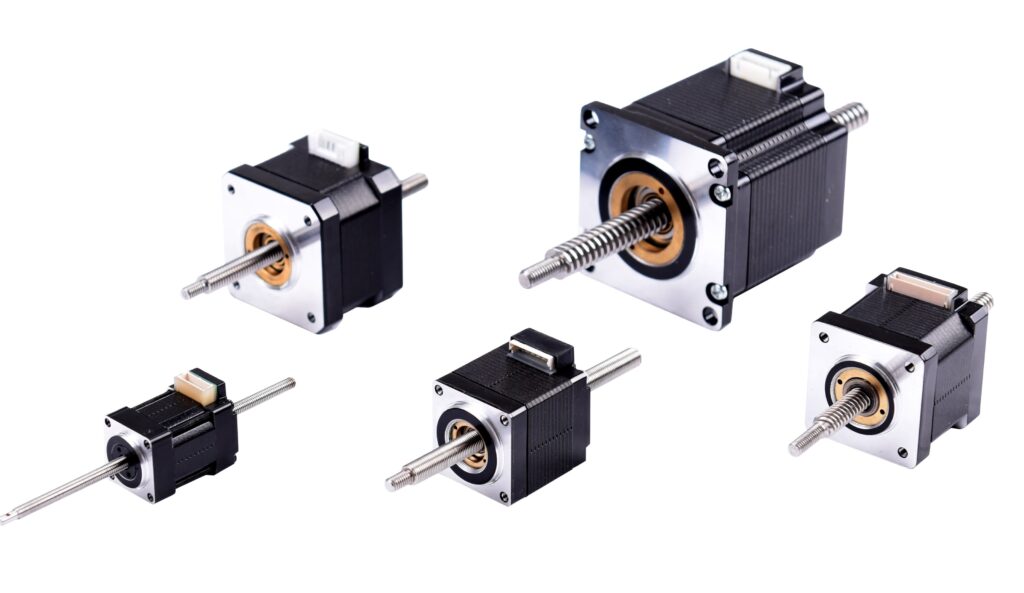
The introduction of linear motors can be traced back to around 1968, with a design undergoing significant streamlining over time, which today facilitates the successful integration of straight-line stepper motors into numerous high-precision linear motion applications without the need for external mechanical linkages.
Helping Engineers make the right choice when developing linear motion systems.
Engineers must prioritise determining a system’s load, which can be categorised as static load or dynamic load. The motor size required is directly proportional to the overall load of the system. Dynamic load, however, is the pivotal factor that engineers must consider as it is subject to change due to motion, acceleration, and deceleration. It is crucial to account for the effects of movement and changing conditions. Therefore, engineers must consider both types of load to determine the appropriate motor size for their system.
Secondly, what is the linear running speed of the motor? A factor which is intricately linked to the lead of the screw, specifically, the nut, advances one lead when the screw lead is based on the desired speed of the system. Generally, for lower speeds, screws with smaller leads are recommended, whereas, for higher speeds, larger screws should be chosen to achieve optimal performance.
Thirdly, what is the system’s accuracy requirement? Screw position: Linear precision, which refers to the discrepancy between the actual and theoretical stroke after the screw rotates the pitch circle, is the standard metric for assessing screw position.
Additionally, engineers should consider repeated positioning accuracy, a crucial factor determining the system’s ability to reach exactly the same position multiple times. Also, ‘backlash’, the relative axial movement of the screw and nut when they are at rest, is also critical to overall performance. As systems operate over time, the backlash can increase due to wear and one way to compensate or correct this is to utilise a clearance nut. In applications where bi-directional positioning is required, even minor discrepancies in position can result in significant errors. Finally, does the installation of linear stepper motors conform to the mechanical design? How will you connect moving objects to nuts? What is the effective stroke of the screw? And what type of driver is matched?
MOONS’ – Moving in Better Ways
Thanks to continuous development and independent research MOONS’ are able to provide hybrid linear motion products, along with high quality spindles and nuts which deliver accurate and reliable performance, all of which address the key issues mentioned above. Their innovative LE Series of linear stepper motors are characterised by their external drive, where the lead screw is integrated with the motor rotor as the motor output shaft. The nut, which is external to the motor, is coupled to the drive mechanism, so as the motor rotates, the nut moves along the screw.
MOONS’ understands that choosing the right motor for your motion control application can significantly impact product performance, improving reliability and at lower cost. With so many types of DC motors available; permanent magnet steppers, hybrid steppers, brushless DC, step servos and slotless motors, it’s tricky to know which one to choose. However, the combination of MOONS’ extensive product range, advanced technology combined with ‘customer-first’ focus, will help engineers to optimise the performance of their systems. More at: https://www.moonsindustries.com/uk

